WHIPTAIL CATFISH 5-7CM PLECO LIVE TROPICAL FISH TANK ALGAE EATER
£7.74
The Whiptail Catfish is a live tropical fish that serves as an excellent algae eater for your fish tank. With its unique attributes and features, this catfish is a valuable addition to any aquarium setup. Shop now for this catfish and other fish in our Catfish and Fish categories.
982 in stock
Short Description:
The Whiptail Catfish is a live tropical fish that serves as an excellent algae eater for your fish tank. With its unique attributes and features, this catfish is a valuable addition to any aquarium setup.
Product Categories: Catfish, Fish
Secure Transit:
We prioritize the safety of your fish during transit. Our 24-hour courier service ensures that your Whiptail Catfish arrives safely at your doorstep. We use poly boxes and heat packs during colder months to maintain the ideal temperature for the fish.
Shipping Convenience:
To make your shopping experience more convenient, we offer the option to combine multiple items in one order. This helps streamline the shipping process and saves you time and effort.
Dead on Arrival (DOA) Policy:
In the unfortunate event that any fish arrives deceased, we have a Dead on Arrival (DOA) policy in place. We request you to promptly inform us with photographic evidence, and we will either refund you or send you a replacement.
Product Description:
Scientific and Common Names:
The Whiptail Catfish, also known as Rineloricaria sp., is a popular species among aquarium enthusiasts. It belongs to the Loricariidae family and is native to South America.
Habitat:
In the wild, Whiptail Catfish can be found in freshwater rivers and streams of South America, particularly in Brazil and Peru. They prefer areas with moderate to fast-flowing water and rocky substrates.
Tank Setup:
To provide a suitable habitat for your Whiptail Catfish, it is recommended to have a tank with a minimum capacity of 20 gallons. The tank should be well-filtered with a moderate water flow. Adding rocks, caves, and driftwood will provide hiding spots and mimic their natural environment.
Diet and Nutrition:
Whiptail Catfish are primarily herbivorous and feed on algae and biofilm. However, they also accept a variety of prepared foods such as sinking pellets, algae wafers, and blanched vegetables like zucchini and spinach. It is important to provide a balanced diet to ensure their optimal health.
Size and Growth Rate:
When initially purchased, the Whiptail Catfish typically measures between 5-7cm. With proper care and nutrition, they can grow up to 10-15cm in length.
Behavioral Traits:
Whiptail Catfish are peaceful and social creatures that can coexist with a variety of tankmates. They are known for their unique appearance, with a slender body and a long, whip-like tail. These catfish are primarily nocturnal and will spend most of their time scavenging for food and exploring their surroundings.
Care Level:
The care level for Whiptail Catfish is considered moderate. They require a well-maintained tank with suitable water parameters and a varied diet. Regular water changes and monitoring of water quality are essential for their overall well-being.
Breeding and Reproduction:
Breeding Whiptail Catfish in captivity can be challenging. They are egg-layers and require specific conditions to initiate spawning. Providing caves or PVC pipes as potential spawning sites and maintaining optimal water conditions can increase the chances of successful breeding.
Health and Disease Prevention:
Whiptail Catfish are generally hardy and resistant to diseases. However, maintaining good water quality, avoiding overfeeding, and quarantining new additions to the tank can help prevent potential health issues. Regular observation and prompt action in case of any signs of illness are crucial.
Optimal Water Conditions:
– Temperature: 72-79°F (22-26°C)
– pH: 6.5-7.5
– Hardness: 2-15 dGH
Lifespan:
With proper care, Whiptail Catfish can live for 5-8 years in captivity. Providing a suitable environment, a balanced diet, and regular maintenance will contribute to their longevity.
Additional Interesting Facts:
– Whiptail Catfish are known for their ability to camouflage themselves by changing their coloration to match their surroundings.
– They have a unique suction cup-like mouth that helps them cling to surfaces.
– These catfish are excellent algae eaters and can help keep your tank clean and free from excessive algae growth.
– Whiptail Catfish are peaceful and can be kept with a variety of community fish species.
– They are active bottom-dwellers and will often be seen exploring the substrate in search of food.


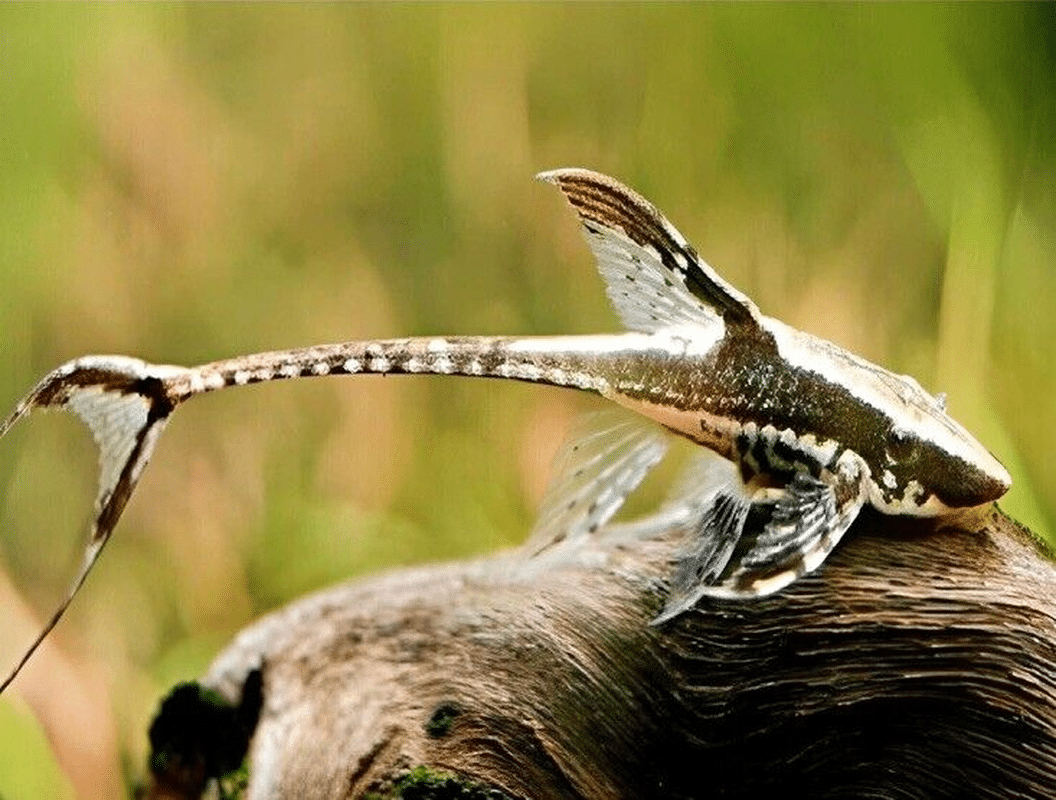

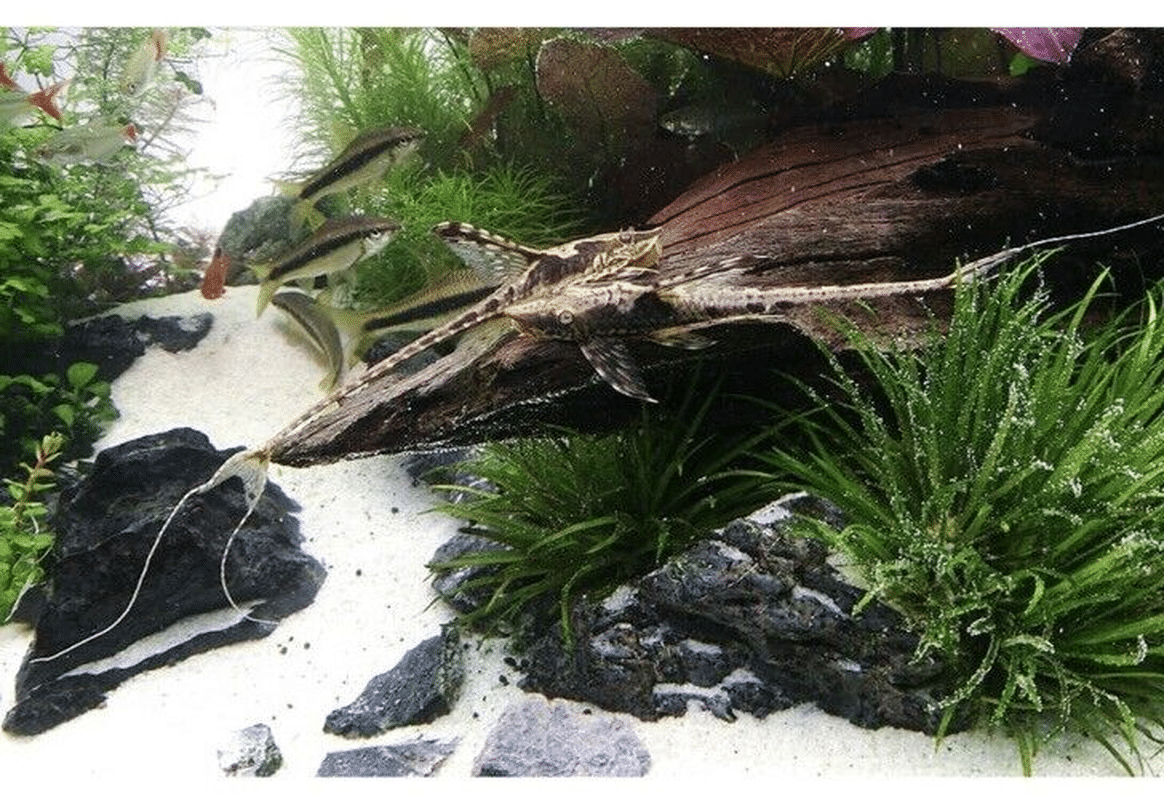


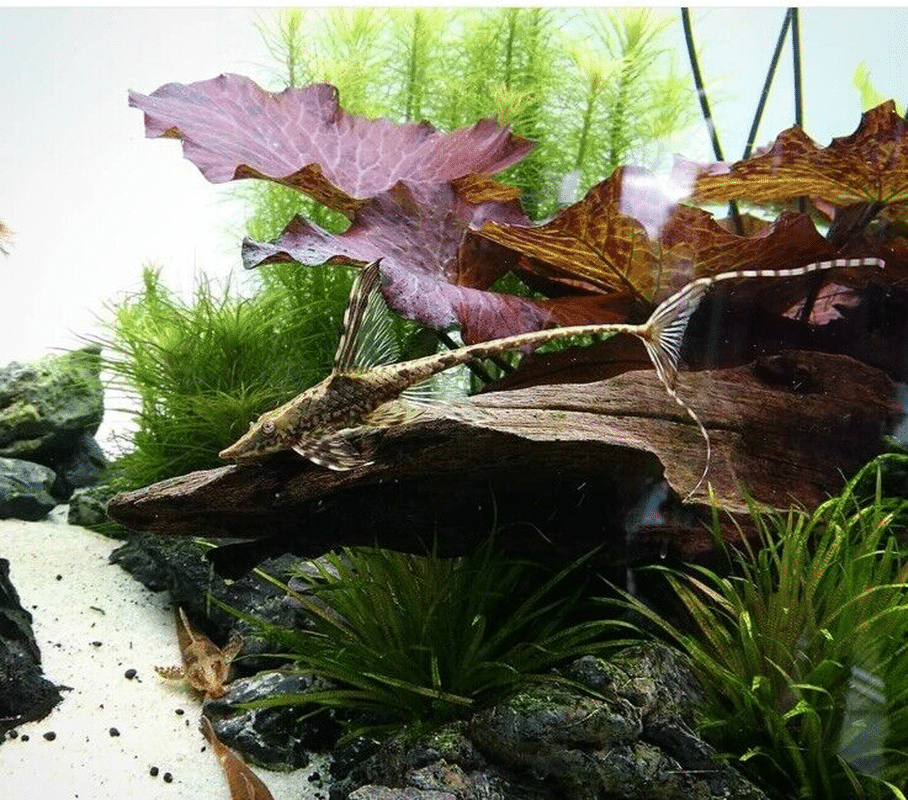



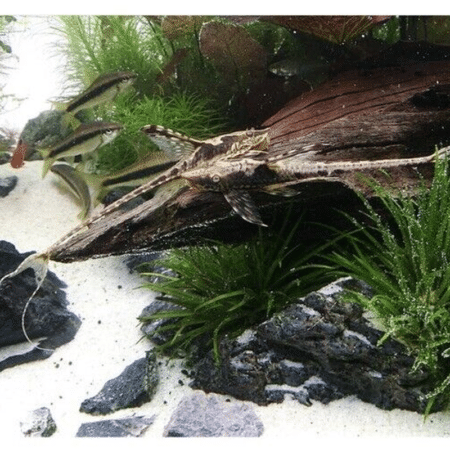
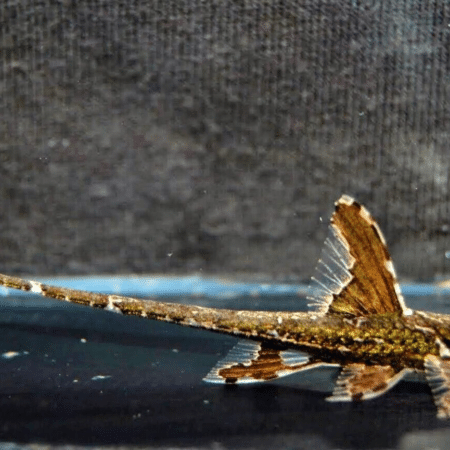
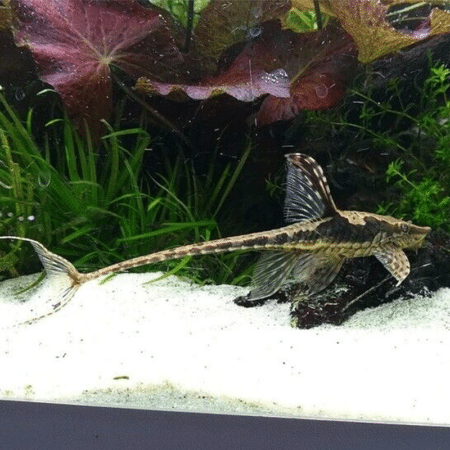










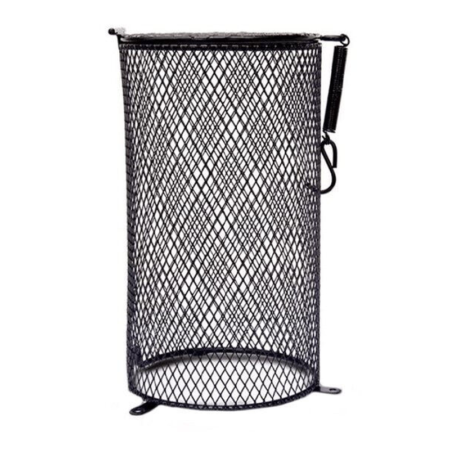




Reviews
There are no reviews yet.